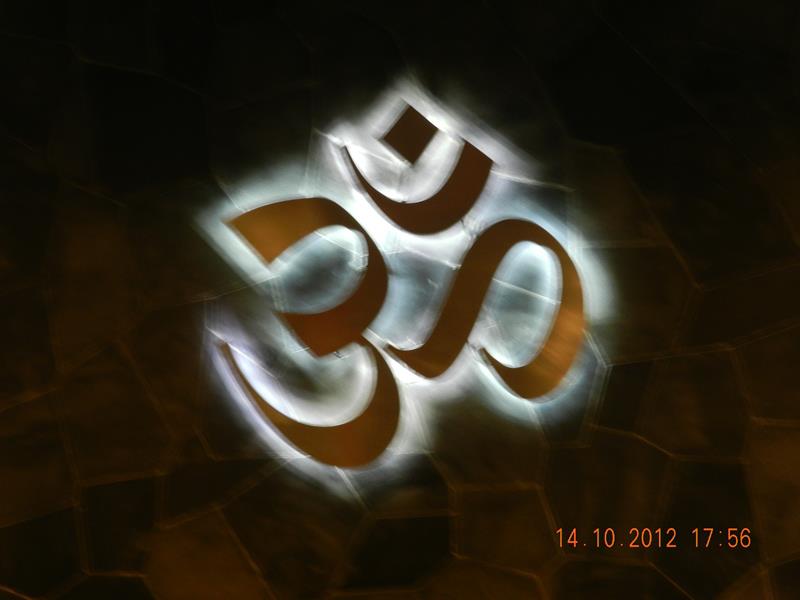All About Bharatiya Sanatana Dharmam otherwise known as Hinduism : 2.1.1.e
CHAPTER 2. HINDU SCRIPTURES : 1.
The Scriptures :
1. The Srutis : e)
e). The Upanishads -
The Upanishads are the concluding portions of the Vedas or the end of the Vedas. The teaching based on them is called Vedanta. The Upanishads are the gist and the goal of the Vedas. They form the very foundation of Hinduism.
There are as many Upanishads to each Veda as there are Sakhas, branches or recensions, i.e., 21, 109, 1000 and 50 respectively to the four Vedas, the Rig-Veda, the Yajur-Veda, the Sama-Veda and the Atharva-Veda.
The different philosophers of India belonging to different schools, such as Monism, Qualified Monism, Dualism, Pure Monism, Difference-cum-non-difference, etc., have acknowledged the supreme authority of the Upanishads. They have given their own interpretations, but they have obeyed the authority. They have built their philosophy on the foundation of the Upanishads.
Even the Western scholars have paid their tribute to the seers of the Upanishads. At a time when the Westerners were clad in barks and were sunk in deep ignorance, the Upanishadic seers were enjoying the eternal bliss of the Absolute, and had the highest culture and civilisation.
The most important Upanishads are Isa, Kena, Katha, Prasna, Mundaka, Mandukya, Aitareya, Taittiriya, Chhandogya, Brihadaranyaka, Kaushitaki and Svetasvatara and Maitrayani. These are supremely authoritative.
May the fundamental truths of the Vedas be revealed unto you all, like the Amalaka fruit in the palm of your hand. May Gayatri, the blessed Mother of the Vedas, impart to you the milk of Knowledge, the ancient wisdom of the Upanishads.
Next : f). The Upa-Vedas & g) . The Vedangas
Swami Sivananda
To be continued ....


.jpg)


Comments
Post a Comment